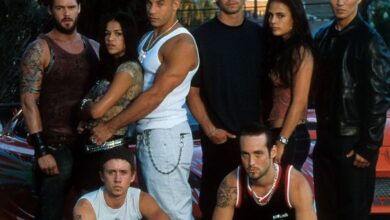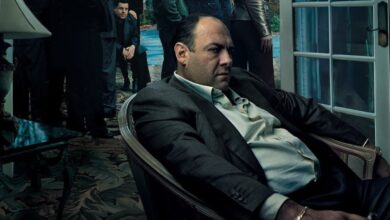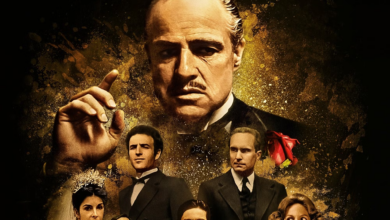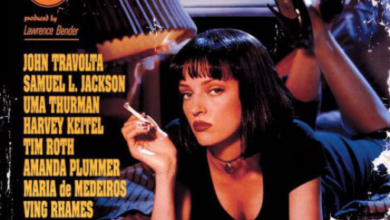The Godfather Part II
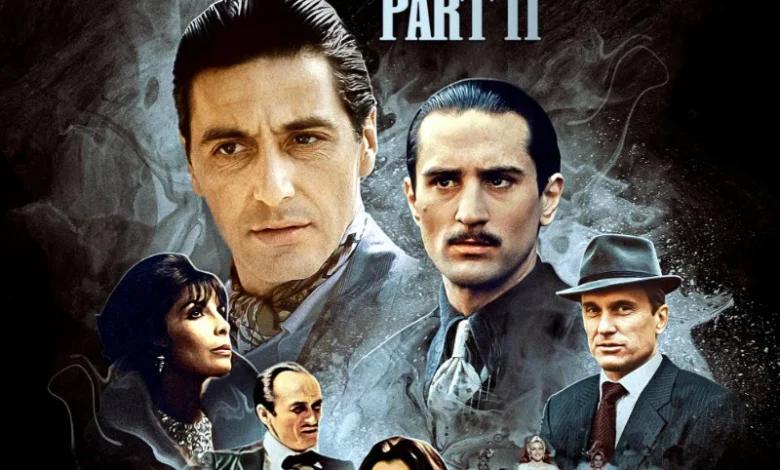
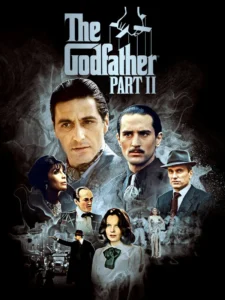
The Godfather stands as one of the most monumental achievements in cinematic history, a film that has transcended its era to remain a timeless masterpiece. Directed by the visionary Francis Ford Coppola and inspired by Mario Puzo’s gripping storytelling, the film serves as both a sequel and a prequel to its groundbreaking predecessor, The Godfather (1972).
What makes this film extraordinary is its dual narrative structure, which seamlessly bridges two distinct timelines. On one hand, we follow Michael Corleone’s dark and increasingly isolating journey as the head of the Corleone crime family. Simultaneously, we are taken back in time to witness the rise of his father, Vito Corleone, from an impoverished Sicilian ix
migrant to a powerful and revered leader in 1920s New York. This juxtaposition of two generations not only adds depth to the story but also underscores the stark differences between father and son in their pursuit of power and family legacy.
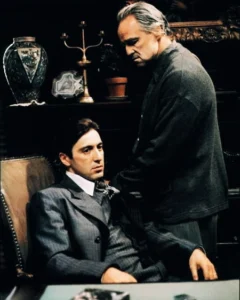
A Tale of Two Corleones
The brilliance of The Godfather Part II lies in how it contrasts the trajectories of Vito and Michael Corleone. Vito’s rise is one of resilience, determination, and a fierce devotion to his family. Played masterfully by Robert De Niro, Vito’s journey is characterized by a quiet strength and calculated charm that earns him respect and loyalty. From avenging his family’s murder to building his empire, Vito’s story is one of survival and triumph.
On the other hand, Michael’s narrative is a descent into darkness.Portrayed with chilling intensity by Al Pacino, Michael’s character undergoes a transformation that leaves him isolated, paranoid, and devoid of the very love and loyalty he once sought to protect. The contrast between Vito’s sacrifices to unite his family and Michael’s actions that tear it apart adds a layer of tragedy to the film.
Iconic Performances That Define Cinema
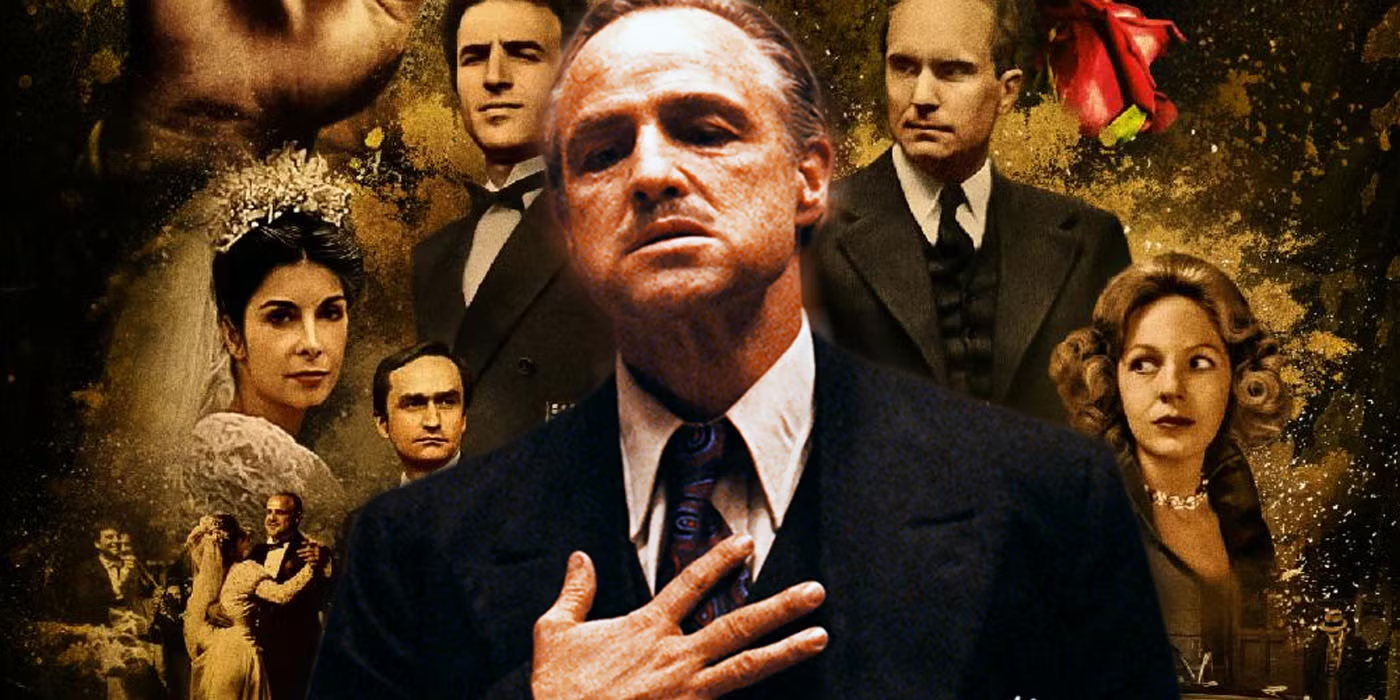
The performances in The Godfather Part II are nothing short of legendary. Al Pacino delivers one of the most haunting portrayals in film history, capturing Michael’s cold, calculating demeanor and his gradual unraveling as the weight of his decisions crushes him. Every expression, every moment of silence speaks volumes about Michael’s internal struggle, making his character one of the most compelling antiheroes in cinematic history.
Robert De Niro’s performance as a young Vito Corleone is equally mesmerizing. To step into a role so closely associated with Marlon Brando was a daunting task, but De Niro not only embraced the challenge—he redefined the character. Speaking mostly in Sicilian, De Niro embodies Vito’s charisma, intelligence, and ruthlessness, offering a nuanced portrayal that earned him an Academy Award for Best Supporting Actor.
The supporting cast further elevates the film. Diane Keaton delivers a powerful performance as Kay, Michael’s increasingly disillusioned wife, whose confrontation with Michael over his moral decay is one of the film’s emotional highlights. John Cazale as Fredo Corleone gives a heartbreaking portrayal of a man torn by his insecurities and a longing for respect. Robert Duvall’s understated strength as Tom Hagen provides a steady presence amidst the family’s chaos.
The Art of The Godfather
Francis Ford Coppola’s meticulous attention to detail and storytelling mastery are evident in every frame of The Godfather The flashback sequences set in 1920s New York are so authentic and immersive that they feel like stepping into a different era. Coppola’s dedication to realism saw entire neighborhoods reconstructed to reflect the time period, with costumes, props, and set designs meticulously crafted to enhance the film’s authenticity.
The film’s non-linear narrative structure was groundbreaking for its time. Moving seamlessly between Michael’s present and Vito’s past, Coppola creates a rich tapestry of familial ambition, loyalty, and betrayal. The parallels between father and son are striking, yet their methods and motivations couldn’t be more different. This storytelling approach elevates the film beyond a mere crime drama, transforming it into a profound exploration of human nature and the complexities of power.
Themes That Resonate Through Time
At its core, The Godfather Part II is a meditation on power, family, and the moral compromises that come with ambition. Michael’s journey is a cautionary tale of how the pursuit of power can lead to devastating isolation. His decisions, from disowning his brother Fredo to ordering his execution, highlight the tragic cost of his ambition.
In contrast, Vito’s story is one of family unity and loyalty. While he operates within the world of crime, his actions are driven by a desire to protect and provide for his loved ones. This stark contrast between father and son adds a profound emotional weight to the film, making it not just a story about the Corleone family but also a universal tale of legacy, choices, and consequences.
A Legacy The Godfather s History
The impact of The Godfather Part II on the world of cinema cannot be overstated. It was the first sequel to win the Academy Award for Best Picture, a feat that solidified its place in history. The film also garnered Oscars for Best Director, Best Adapted Screenplay, and Best Supporting Actor, further highlighting its artistic and narrative brilliance.
Beyond its accolades, the film’s influence is felt in the way modern storytelling approaches complex characters and interwoven timelines. Its themes of power, betrayal, and familial duty continue to resonate with audiences, proving that The Godfather Part II is more than just a sequel—it’s a timeless masterpiece that transcends its genre.
For anyone seeking a cinematic experience that combines profound storytelling, iconic performances, and unparalleled craftsmanship, The Godfather Part II remains an essential piece of film history. Decades after its release, it continues to captivate, inspire, and remind us of the emotional depths that cinema can achieve.
